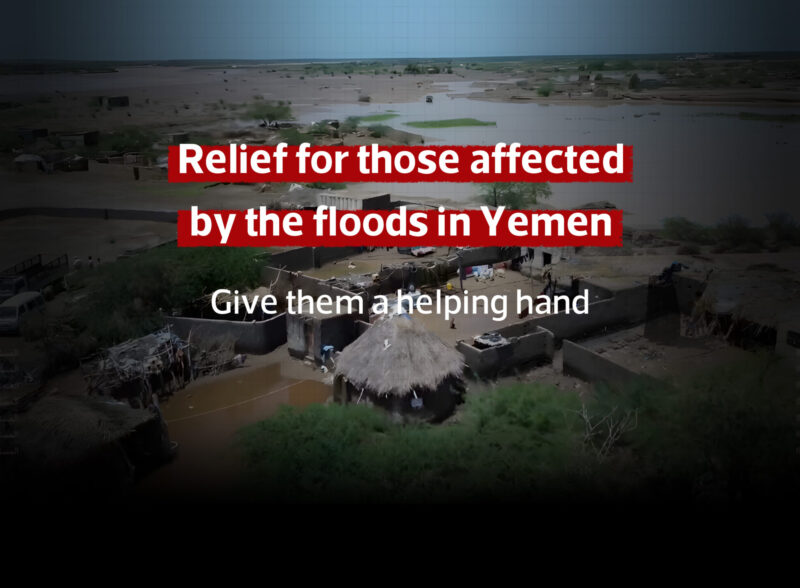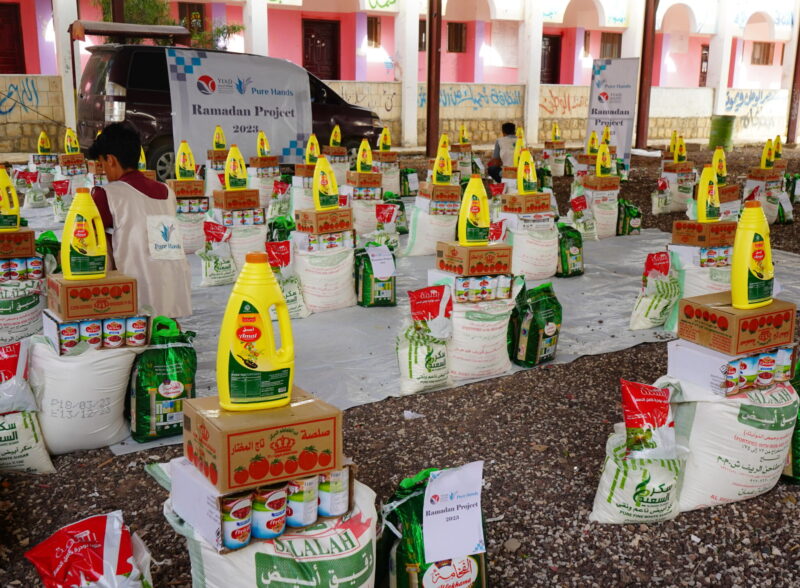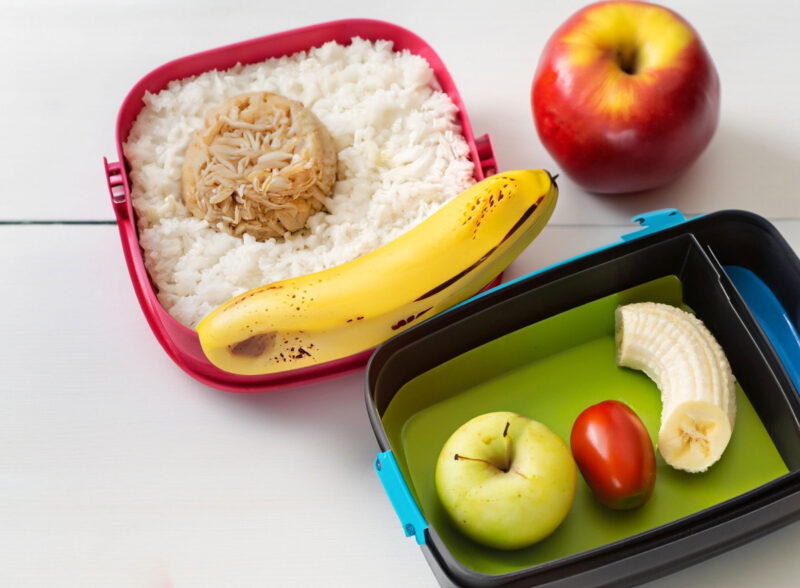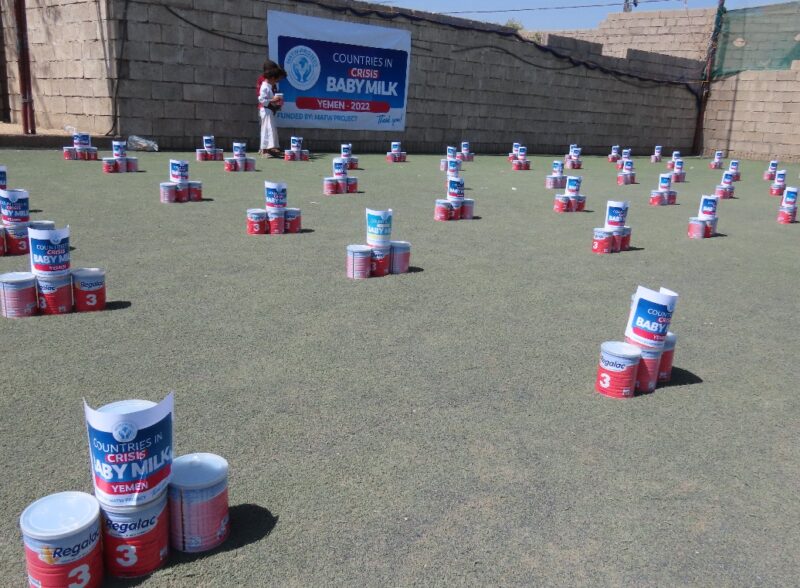Food Baskets
School Meals Project
Drinking Water Project
Baby Milk Distribution Project
CHALLENGE
Humanitarian organizations providing emergency interventions in Yemen face numerous challenges due to the country’s difficult circumstances. These challenges affect the ability to deliver aid effectively. The Yemeni crisis has exceeded the capabilities of the government and society due to the magnitude of the disaster. It has caused significant population displacement, a severe economic crisis, and a shortage of supplies, making emergency interventions insufficient and constantly challenged.
COMMITMENT
YIAD is committed to providing humanitarian and emergency relief services to those in need, based on international best practices and in accordance with the scale of disasters and intervention needs. YIAD also takes into account in emergency intervention projects the achievement of sustainable development and impact in line with YIAD’s objectives and main areas of focus (education, health, economic empowerment).
INTERVENTIONS IN THE FIELD:
- Providing safe shelter for displaced and affected individuals and improving living conditions.
- Supporting assessment and information management systems to aid in better planning for emergency interventions.
- Providing cash support to affected families to enable them to meet their basic needs.
- Delivering rapid medical and therapeutic relief services to the injured in emergency situations.
- Raising and improving the necessary funding to enable organizations to provide interventions and meet needs.
- Providing clean drinking water, sanitation facilities, and sewage services, and promoting good hygiene practices.
- Providing emergency food assistance to meet the needs of affected populations and combat malnutrition.







